Least Terns are the new celebrity neighbors on Beach Boulevard… but will they be allowed to nest here, or will they be evicted from their chosen home?
- Story by Dena Temple
The Least Terns need your help:
There are 12 nests right now in Hancock County. Audubon Mississippi's Coastal Bird Stewardship program tried to get permission to help protect them by placing low posts and ropes around the nesting area for several weeks. They appeared before the Hancock County Supervisors on June 1st. Two beachfront property owners opposed roping. Two other local residents spoke in favor, one against. The supervisors voted to allow signage, but no ropes. Please write the supervisors and express support for the terns. One reason given for not allowing the ropes was that it would harm tourism. You'll see by reading the story below that the opposite is true. Here's the letter we sent to the Supervisors. Feel free to copy and paste it. Even though it's after the fact, they'll inevitably be considering the terns' protection in the future. Dear Hancock County Supervisor, We recognize the value of having Least Terns nest in our county. They provide an additional (and free) visitor attraction, educational opportunities for our youth, and enrich our environment. Please support Audubon Mississippi's Coastal Bird Stewardship Program in all their efforts to protect the nests. Thank you for your consideration, ~ Scotty Adam - president - [email protected] ~ Greg Shaw - vice president - [email protected] ~ Theresa Ryan -[email protected] ~ Kodie Koenenn -[email protected] ~ Darrin "Bo" Ladner Darrin - [email protected]
Terns are just beach-y
Least terns can be found along the Gulf Coast from spring to early fall. They are “colonial” nesters, which means in the spring they establish nesting colonies of many hundreds of birds as a way to protect themselves from predators. Their ideal breeding ground is man’s favorite recreational spot – the beach – and herein lies the terns’ biggest problem.
Least Tern colony in Belmar, NJ | Ray Hennessey
Least Tern populations declined by about 88% between 1966 and 2015, with loss of coastal habitat a main contributor. The species is listed on the 2016 State of North America's Birds' Watch List, which identifies birds that are most at risk of extinction without significant conservation actions.¹ Least Terns don’t build what we would normally think of as nests, a cup of twigs in a tree. Their nest consists of a small scrape the tern excavates in the sand, right on the beach. Here a tern will lay 1-3 sand-colored eggs. The nests are very well camouflaged, making them vulnerable to unsuspecting beach-goers. The eggs will hatch in about 20 days. Downy chicks will begin to venture away from the nest a few days later, foraging for food at the water line. The fluffy chicks look like cotton balls with legs and are impossibly cute, but they are also incredibly vulnerable – to the sea, predators, off-leash dogs and pedestrians. It’s really a wonder that any survive to adulthood.
Mississippi’s terns
Here in Mississippi, breeding colonies have been established for decades on the beaches of Harrison County, where they are a source of pride for Harrison’s residents. The residents point to the terns as an indicator of the health of their beach and bolster the county’s ecotourism trade. A tern colony even briefly delayed casino construction in Biloxi! One of the earliest champions of beach-nesting birds on the Gulf Coast, conservationist Judith Toups (1930-2007), was so beloved that she was memorialized for her dedication when a section of Highway 90 was renamed the Judith Toups Least Tern Highway.
Today, Audubon Mississippi’s Coastal Bird Stewardship Program Manager, Sarah Pacyna, oversees protection of the terns and other beach-nesting birds along the Gulf Coast. This year there are a record of 18 Least Tern colonies on Mississippi’s beaches, a testament to the program’s success. “When I initiated the program on behalf of the National Audubon Society in 2014, I could not imagine the growth and successes we have had to date,” said Sarah. “Our volunteers’ dedication and passion for coastal birds is inspiring and energizes me to work harder to conserve these species. Mississippi’s Least Tern nesting population is truly a wildlife spectacle; these birds should be celebrated.” Beaches are monitored by local volunteers, and when nesting activities are seen, Audubon jumps into action. Audubon’s own volunteers set stakes and surround the nesting area with string fences to help keep out unknowing pedestrians. Signs are also placed around the nest area in an effort to educate the public, and volunteer “tern wardens” engage curious passers-by to explain the string fences. Audubon also works closely with local schools and engages students in designing signage sharing conservation messages about our coastal birds. Dale Pohl, an art teacher from Waveland Elementary, partnered with Audubon Mississippi to teach her students about Least Terns through science workshops, art activities, and a poster design contest. Dale said, “The Audubon Mississippi group visited our school and presented informative talks, demonstrations, videos, and provided a mixed media art activity for all three grade levels (K-2)." After the workshops, second-graders continued their research on Least Terns and eventually designed posters to educate people about the beach-nesting birds. Posters were judged, and the winning designs were made into actual signage for the colonies. Dale continued, “Our school was delighted to have so many winners, and to be part of helping the Least Terns. So many students and their families attended (Audubon’s annual) Tern Fest, and since the signs have been erected, I hear from students and receive photos from those who visit their signs when they travel up and down our coast.” She concluded, “As happy as these students are to have their artwork on display on our beautiful beaches, the real winners are the birds.” Why not Hancock? If Gulf Coast beaches are so attractive to the terns, you might ask, why are there no Least Tern colonies in Hancock County? It’s not that the terns haven’t tried. Least Terns attempted to nest on a stretch of Waveland beach in both 2016 and 2017. When terns first appeared on a Hancock beach in 2016, enthusiastic local residents contacted Audubon. Excited about the coup for the county, they hoped the organization would help educate beach-goers who weren’t aware that the terns had expanded their territory. However, Audubon’s efforts to protect the nests were complicated by a few folks who weren’t keen on sharing the beach with the endangered birds for six weeks. Since the Hancock County Board of Supervisors oversees the county’s beaches, Audubon appealed to them for help. In spite of that, the colony failed due to repeated intrusions by humans. The following year the terns gave it another go, but Tropical Storm Cindy destroyed all bird nests on the beach. They’re ba-ack Last month, Least Terns were noted once again trying to establish a colony in Waveland. Thankfully, this time it was not on the same section of beach. Pacyna reached out once again to the Hancock County Board of Supervisors for assistance in protecting these vulnerable birds, seeking permission to rope off the colony and erect temporary signage alerting beach-goers to the new neighbors. The subject is on the agenda for Supervisors' June 1 meeting. Sarah is hoping that members of the community who are excited about the new colony will voice their support. If the Board of Supervisors sees that the public is excited about the new colony, she hopes everyone can work together toward their success. “Birds do not see land ownership or boundaries, but they are dependent on our help to steward and share these sandy shores. It is absolutely a matter of survival for these birds.” She concludes, “These are the values we want to teach our children – to love all creatures, and care for them.” What you can do The new tern colony can be great news for Hancock County, for the same reasons beach-nesting birds are welcome in other areas. First, they are an indicator of the health of the ecosystem here. Second, birds in general attract bird-watchers, or birders. According to a 2016 report by the U.S. Fish & Wildlife Service, birders spend nearly $41 billion annually on gear and trips. Local community economies benefit from the $14.9 billion that they spend on food, lodging and transportation. In 2011, 666,000 jobs were created as a direct result of bird watching expenditures.² The birds also present a first-hand educational experience for the region’s students. Learning about the terns’ life cycle, migration and nesting can spark an interest that lasts a lifetime. “Today’s fascinated child is tomorrow’s conservationist,” notes Pacyna. Sarah Pacyna would love to see members of the community at the Board of Supervisors meeting to show their support for the tern colony. The meeting will be held on Monday, June 1 at 9 am at the Hancock County Government Annex, 854 Highway 90, Bay St. Louis. Due to COVID-19 restrictions, meeting attendance is limited to 25 persons on a first-come, first-served basis. If you cannot attend or are not comfortable attending, please write your representative on the Board of Supervisors to express your support for the Least Terns. Written comments from the public will be accepted after Monday's meeting and will be taken into consideration. A list of the members of the Board of Supervisors and their email addresses can be found here, and a district map can be found here. You may also watch the proceedings live online on the Board's website, http://hancockcountyms.iqm2.com/Citizens/Default.aspx Sarah is hopeful that 2020 is “the year of the tern.” “Sometimes it’s an uphill battle to get public support for our birds,” she says. “But to me, saving an endangered bird by letting them use a sliver of beach seems like a win-win for everybody.” Let’s hope the powers that be in Hancock County agree. ¹ Cornell Laboratory of Ornithology, AllAboutBirds.org. Least Terns: Life History. ² U.S. Fish & Wildlife Service website. Economic Impact: Birds, Bird-watching and the U.S. Economy. Gallery of Conservation
Here are some of the conservation poster submissions from Dale Pohl's students at Waveland Elementary. Click on a thumbnail to see a larger version.
Comments are closed.
|
Categories
All
Archives
July 2024
|
Shoofly Magazine Partners
Our Shoofly Partners are local businesses and organizations who share our mission to enrich community life in Bay St. Louis, Waveland, Diamondhead and Pass Christian. These are limited in number to maximize visibility. Email us now to become a Shoofly Partner!

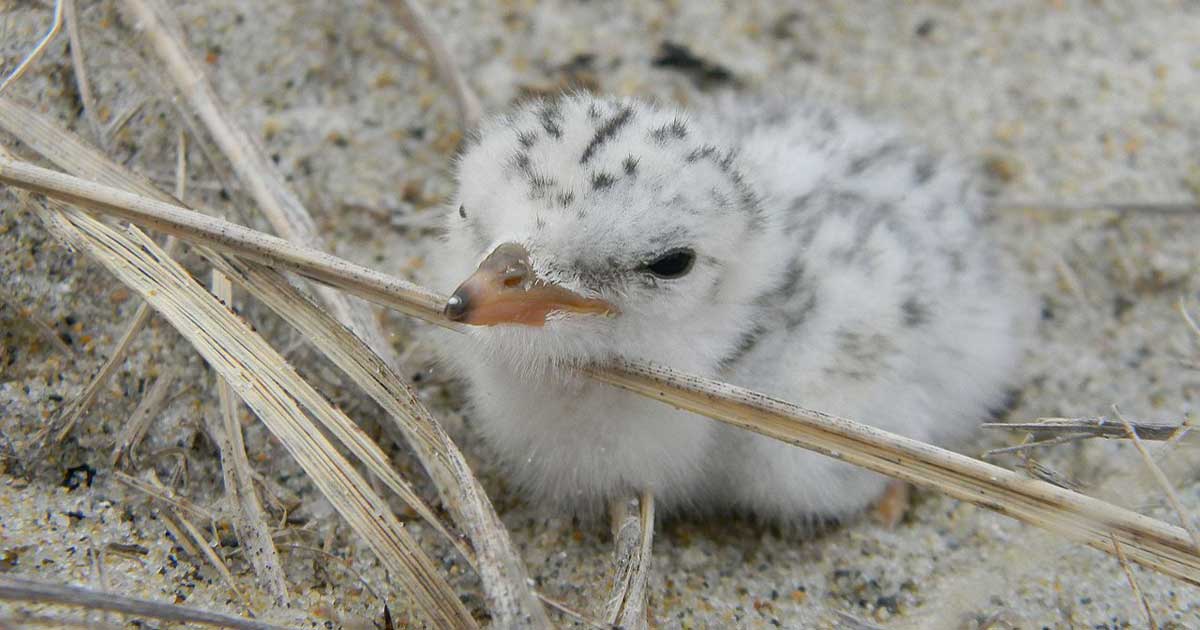



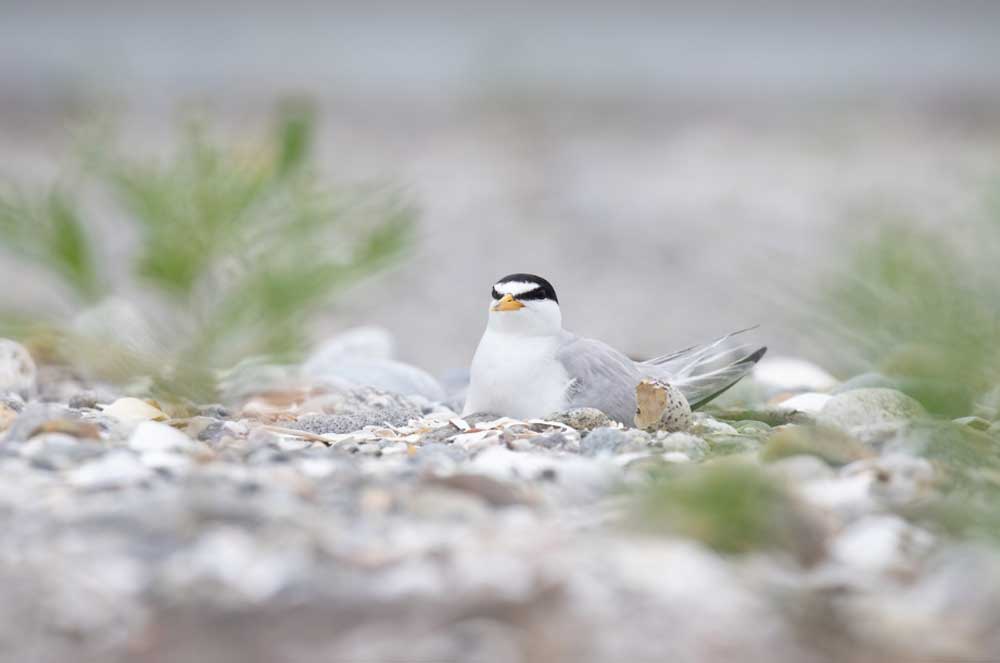
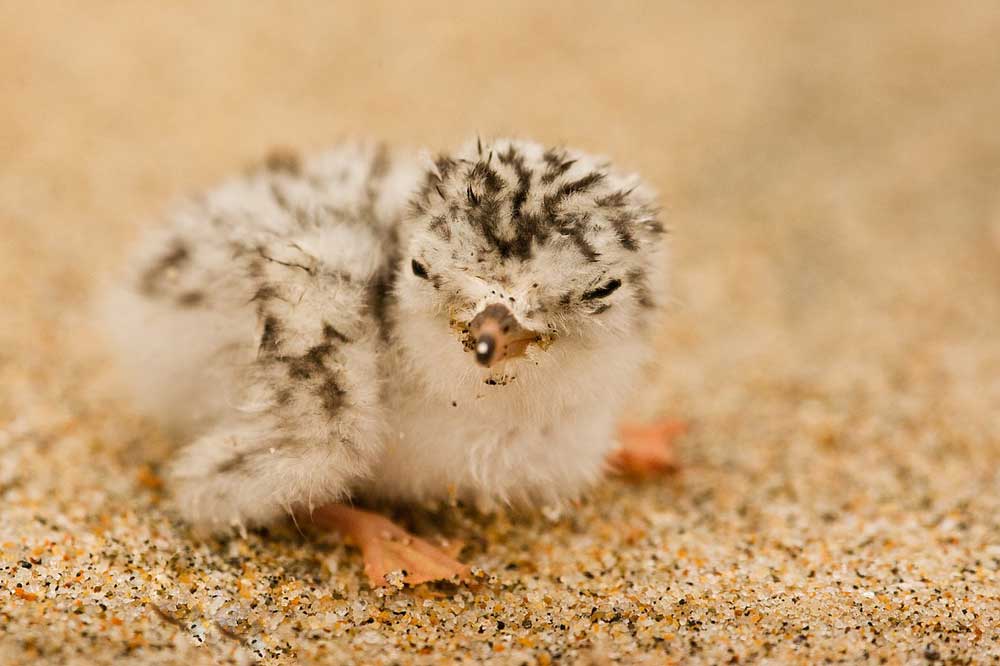
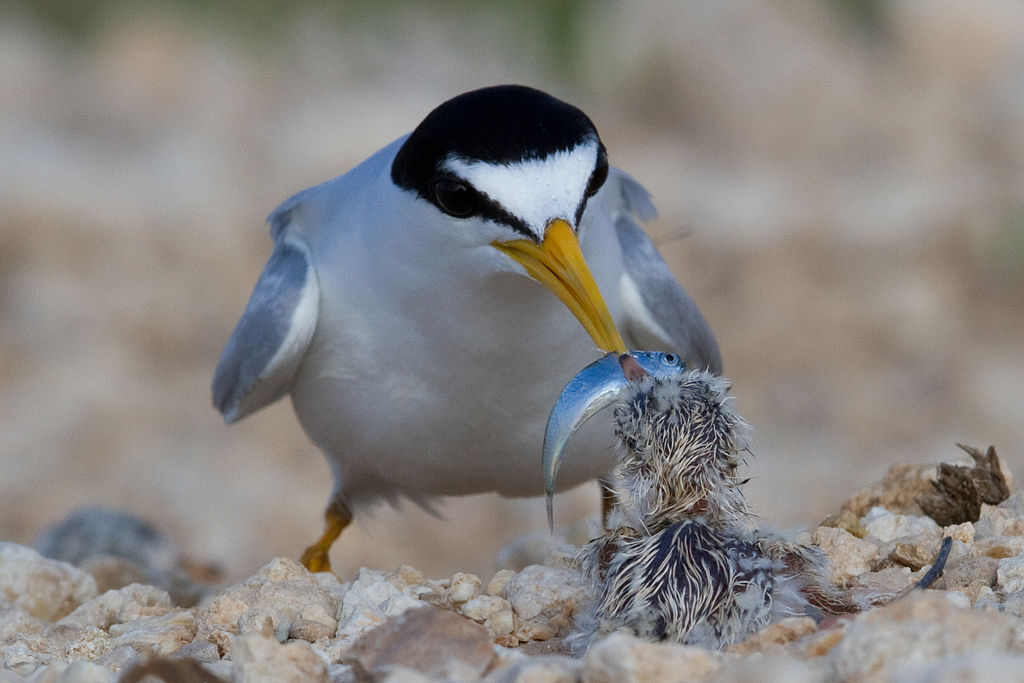
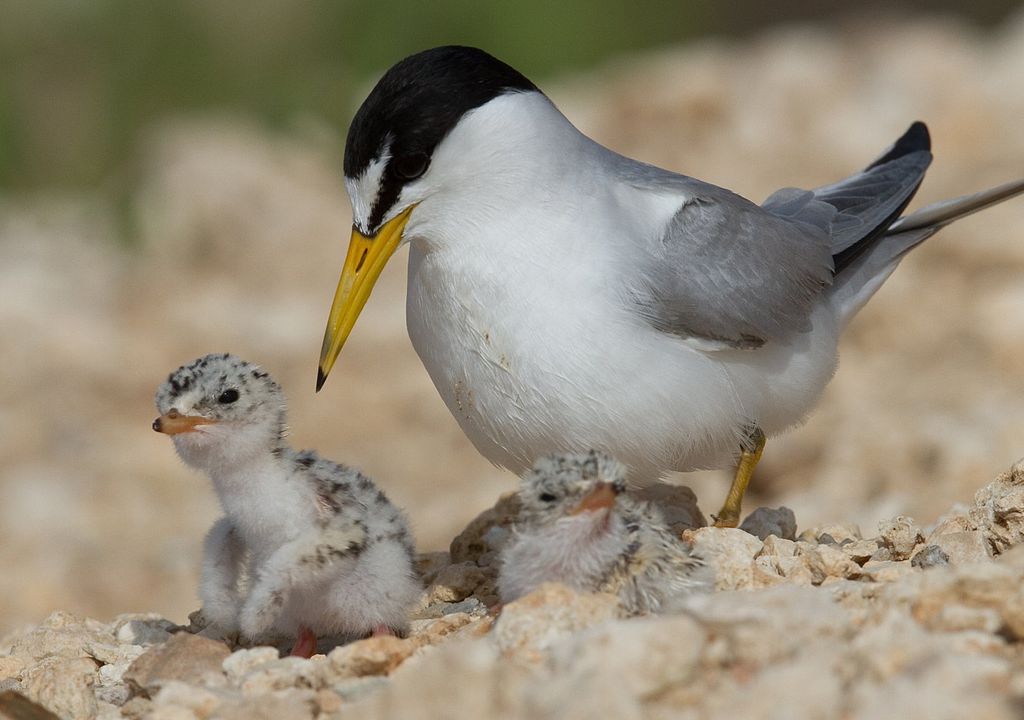
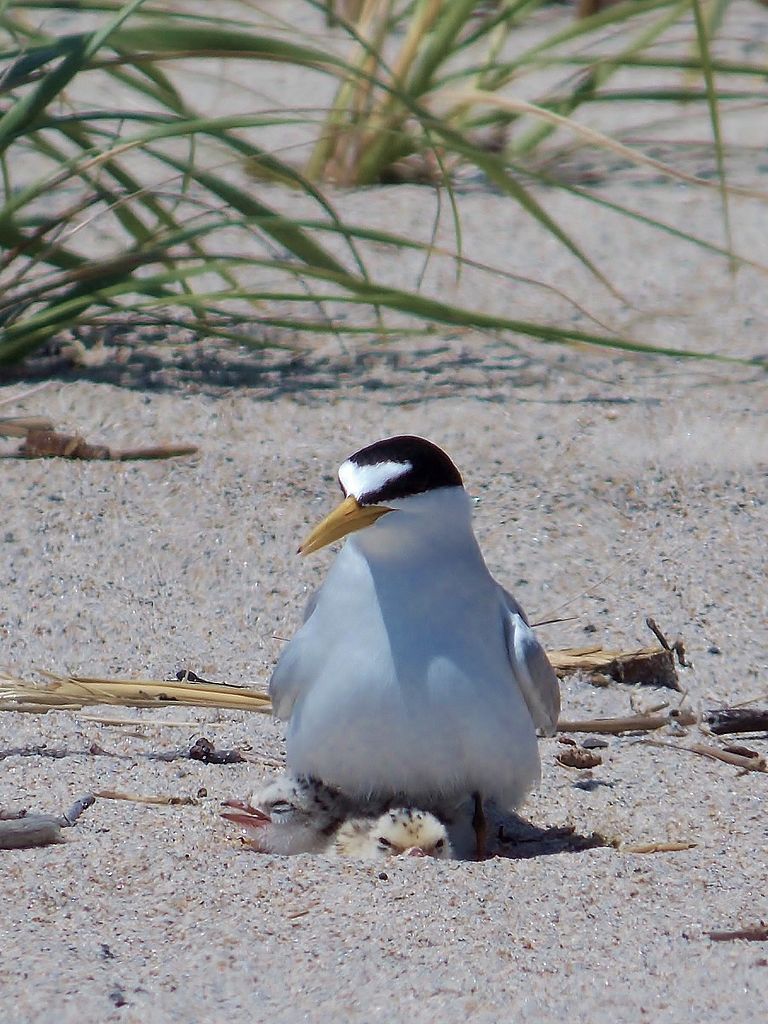
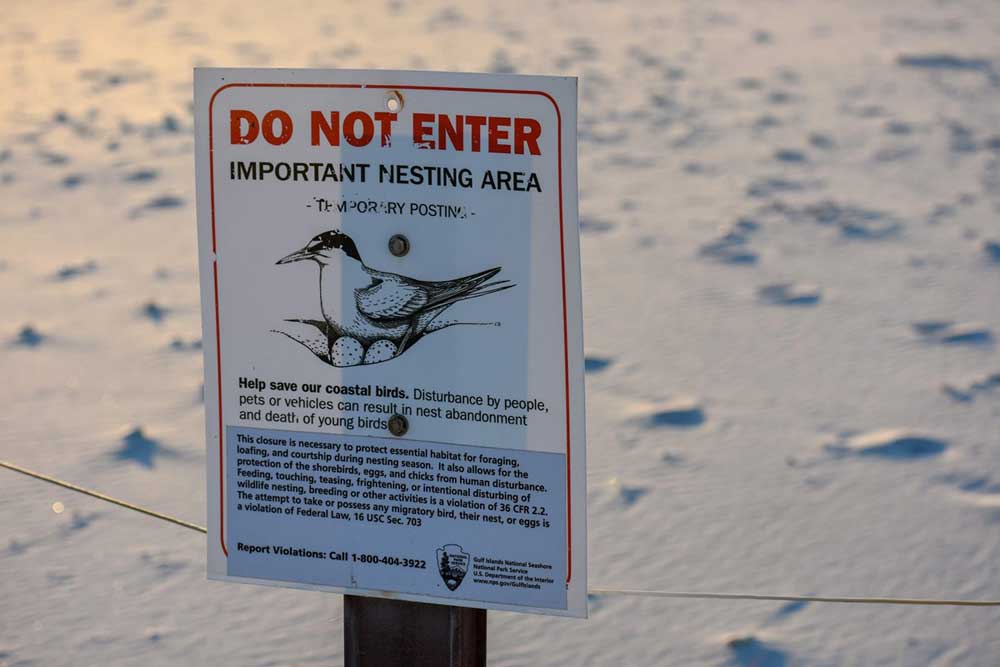

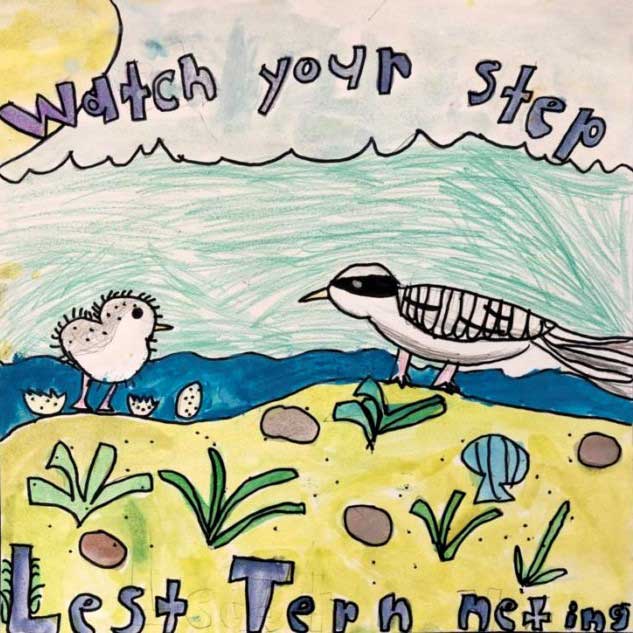
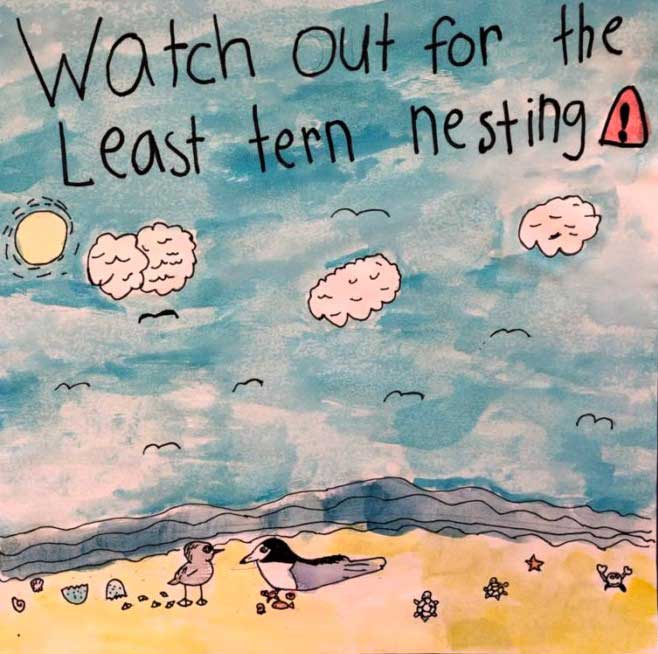
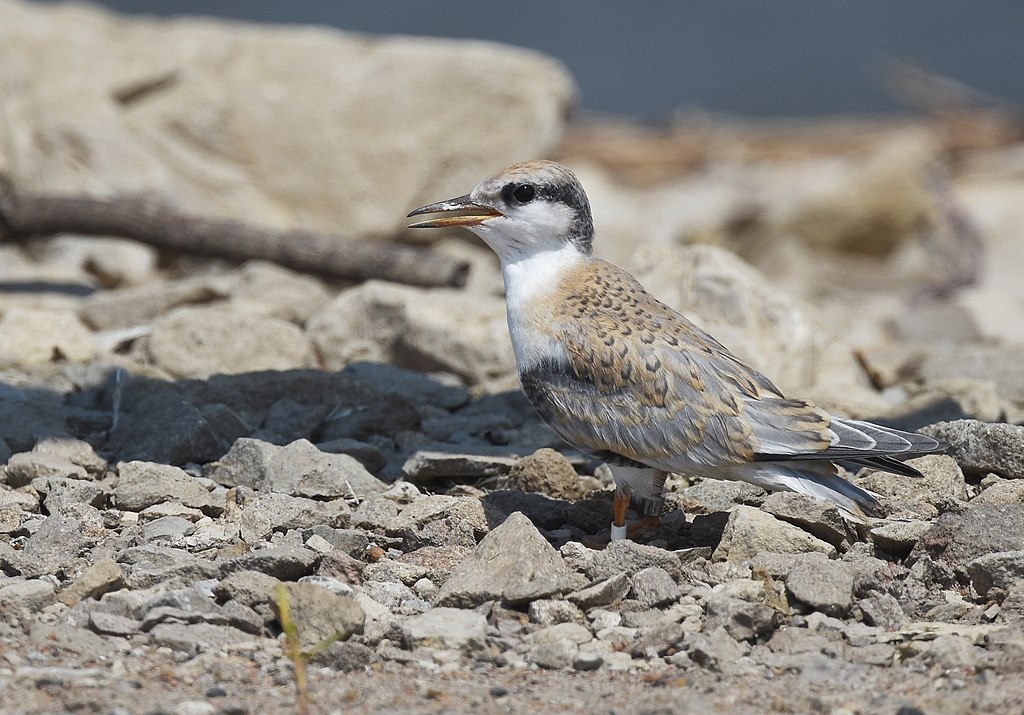
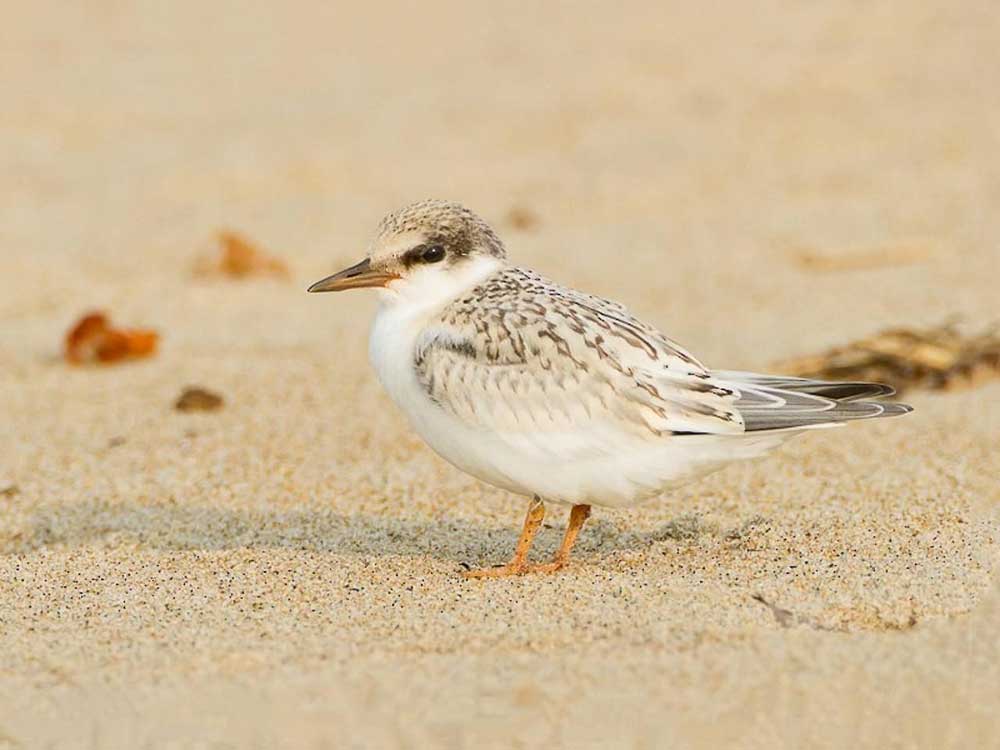
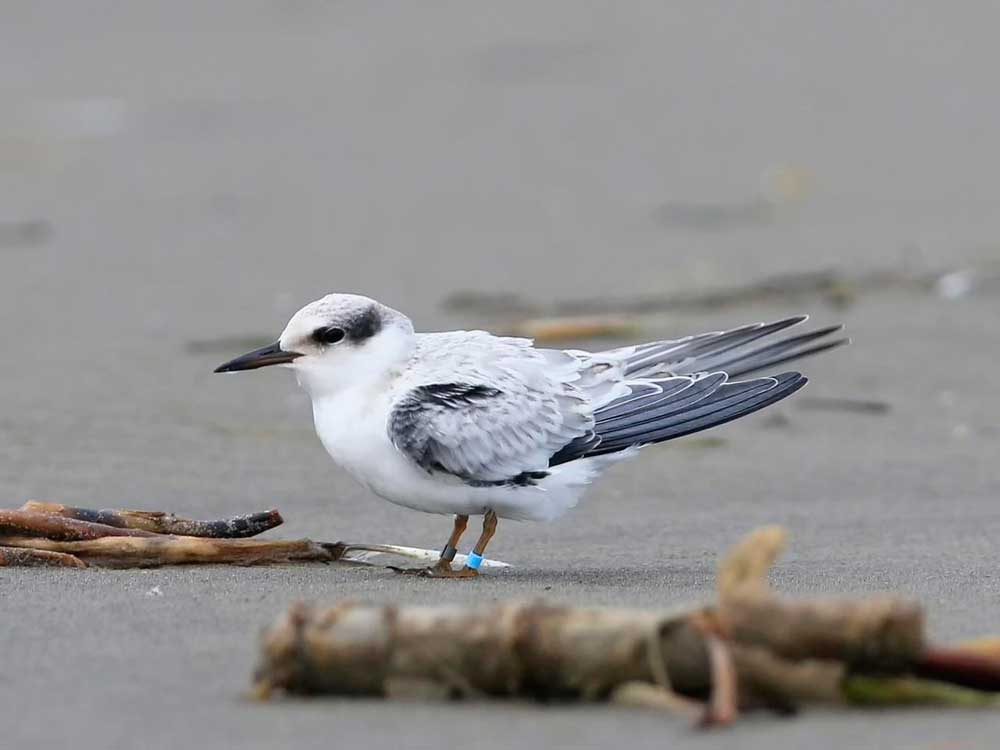
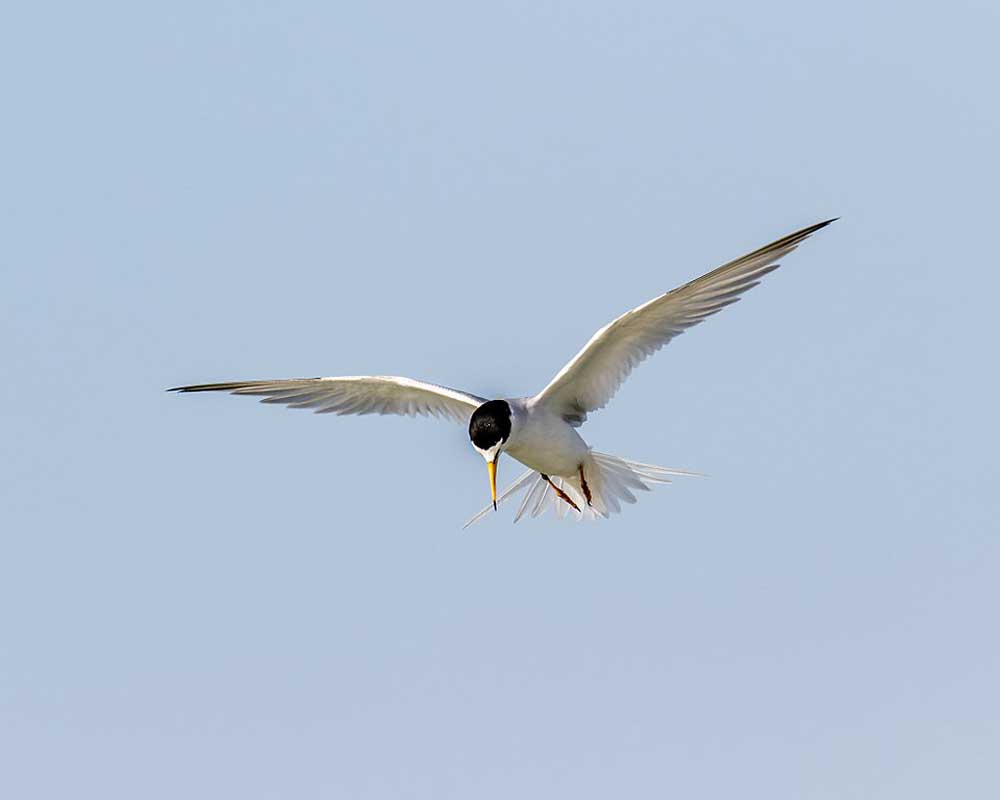
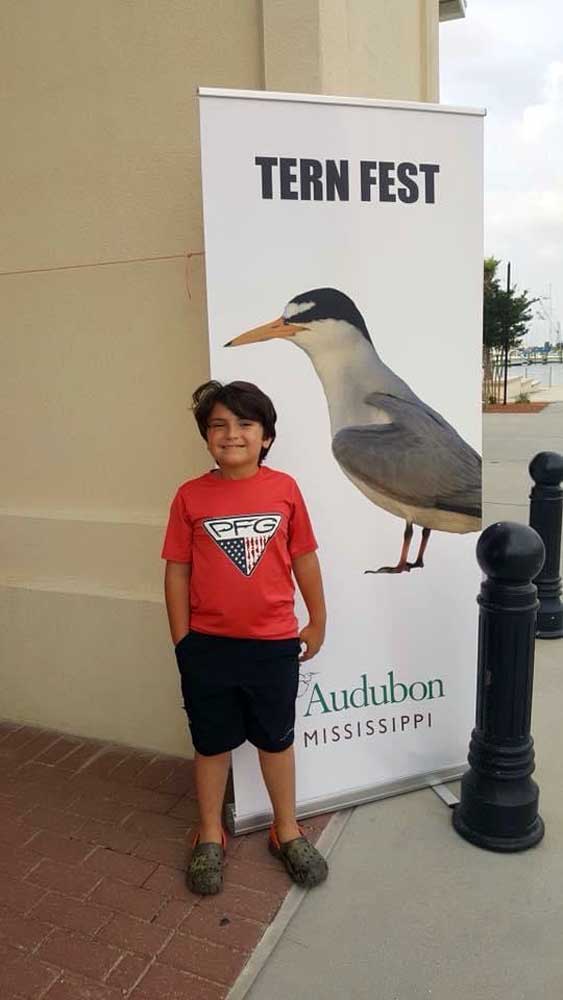

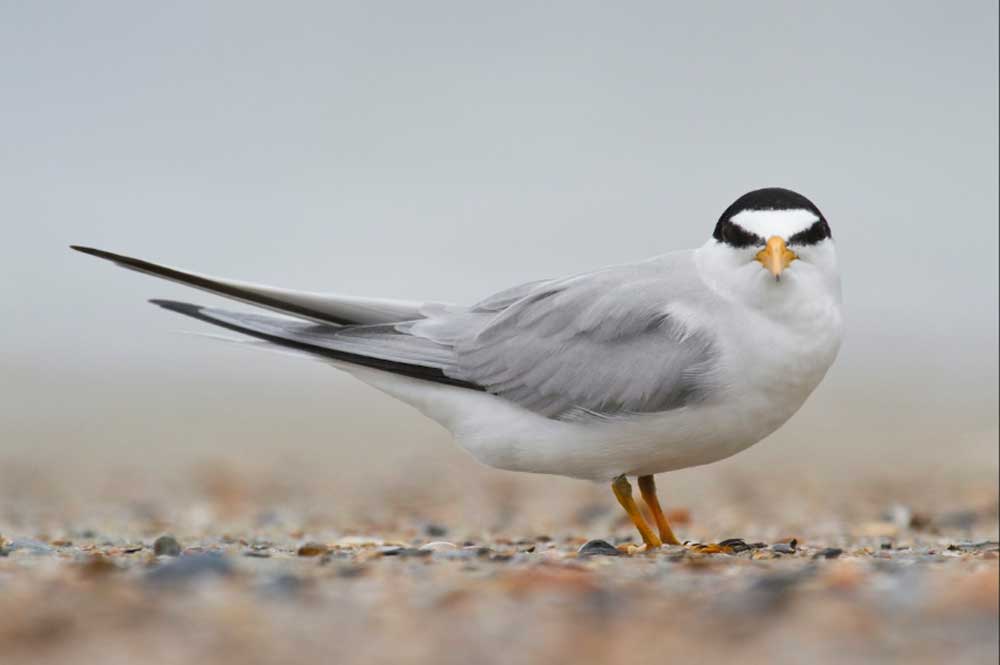
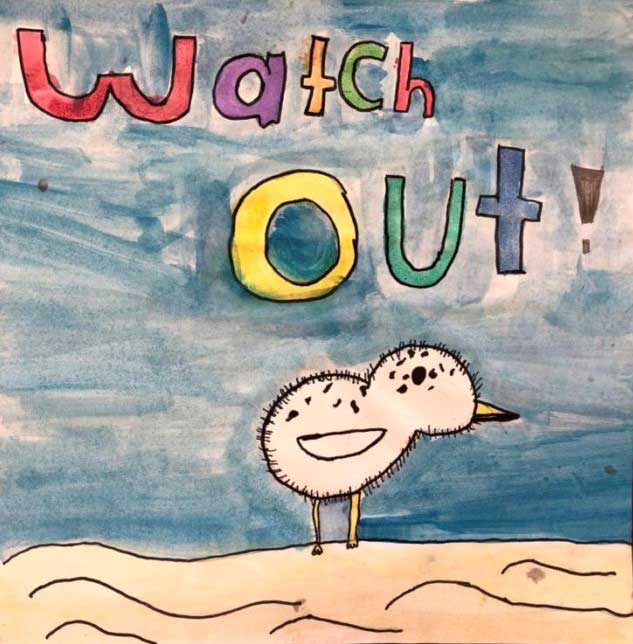
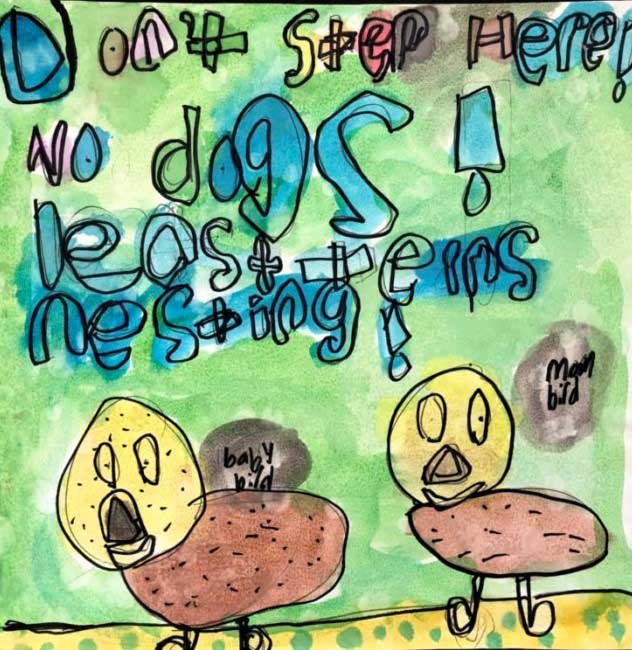
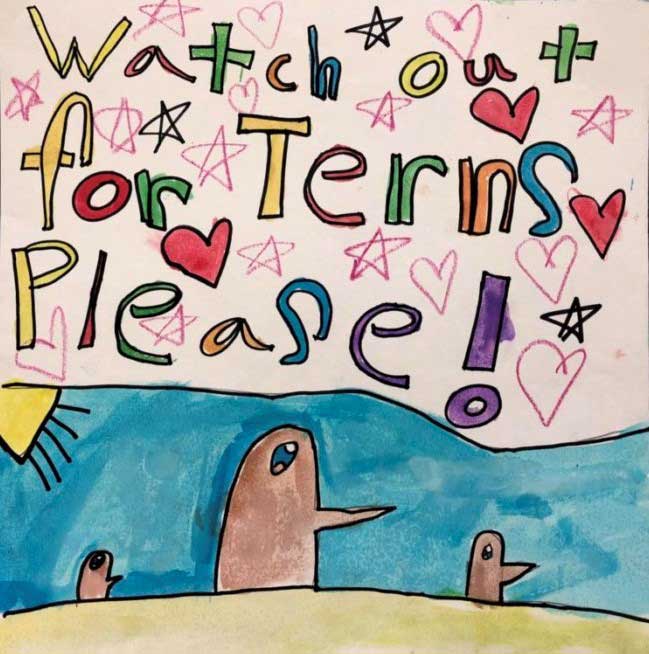
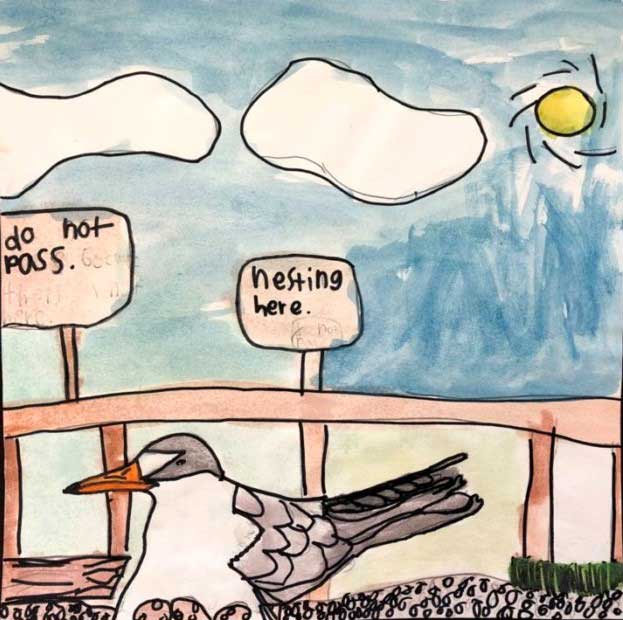
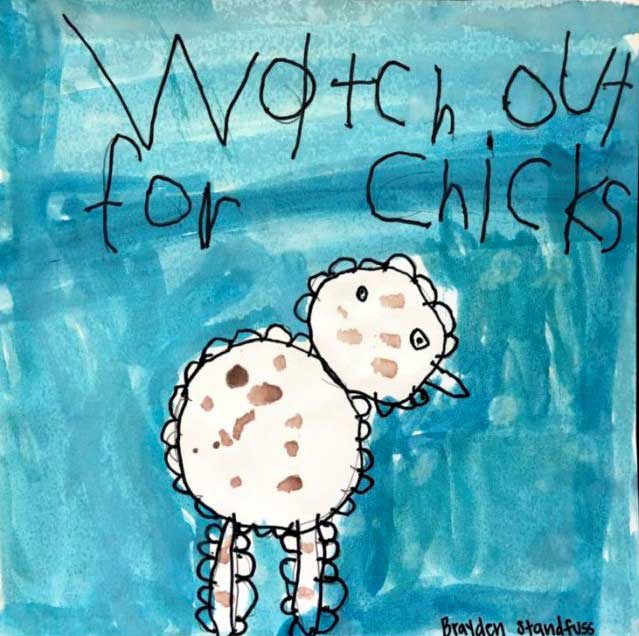
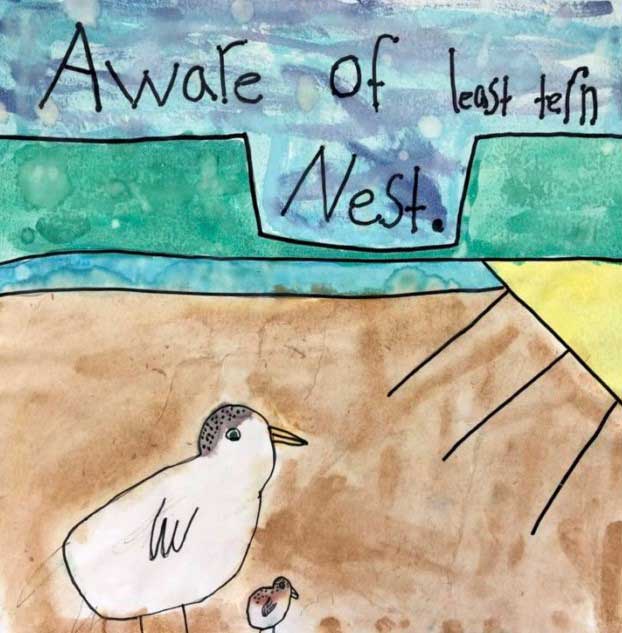
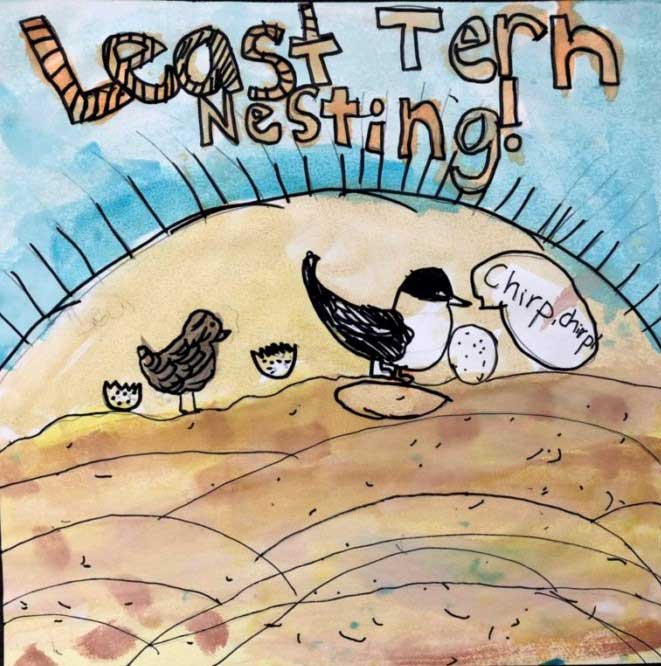
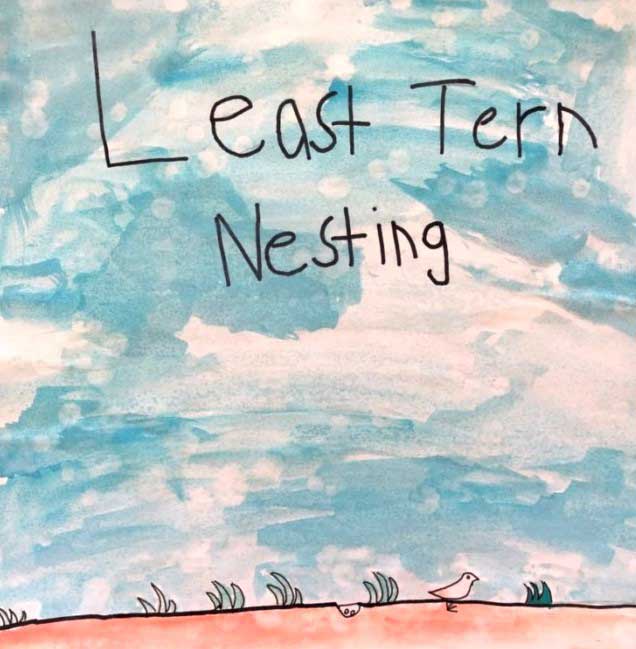
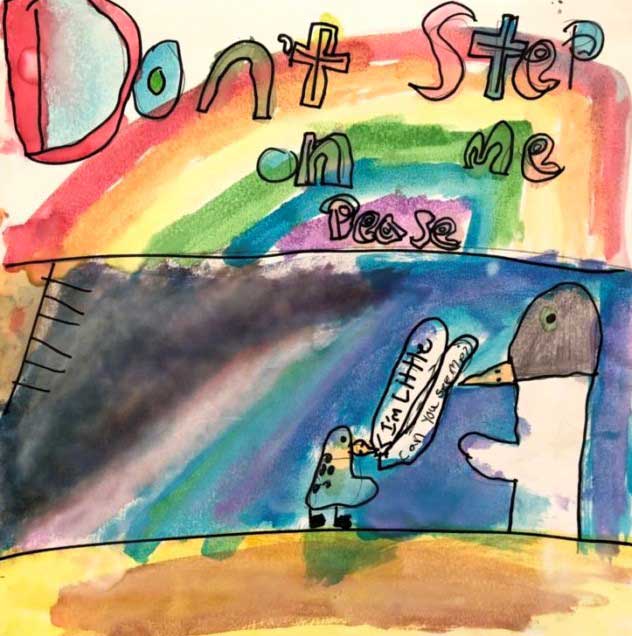
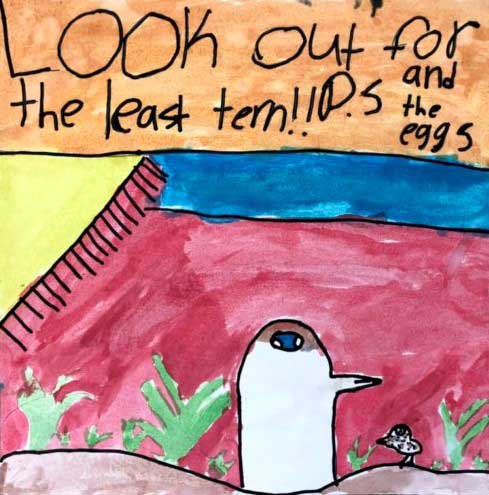
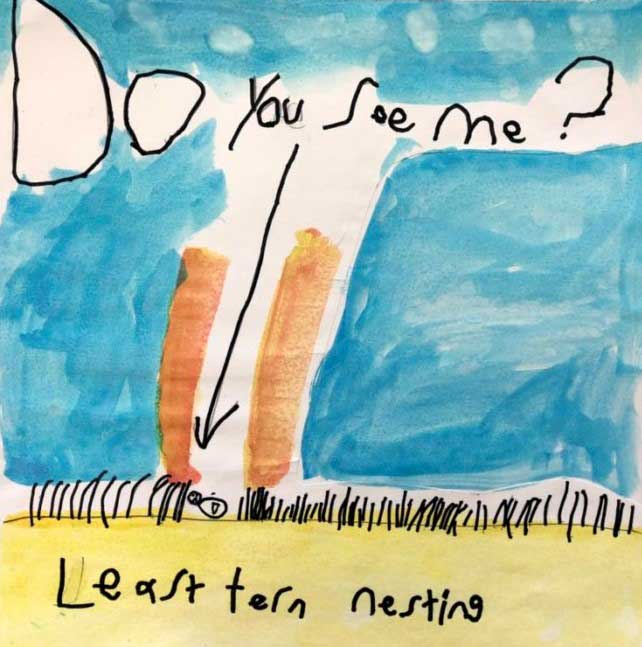
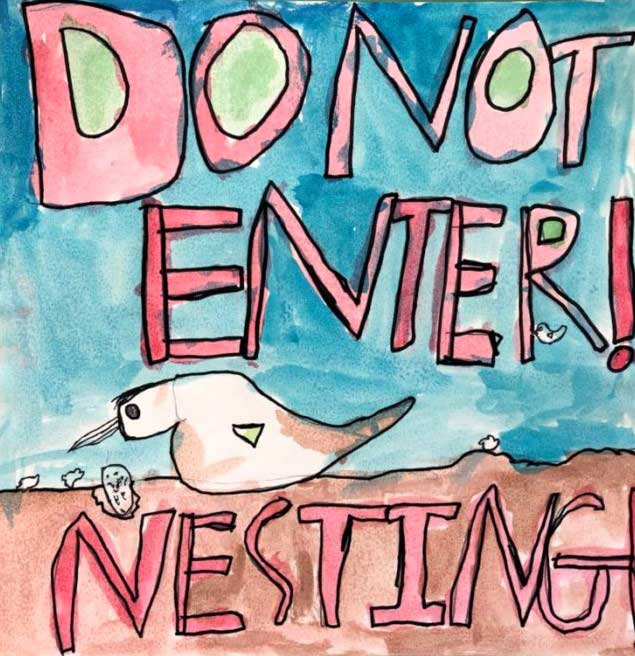
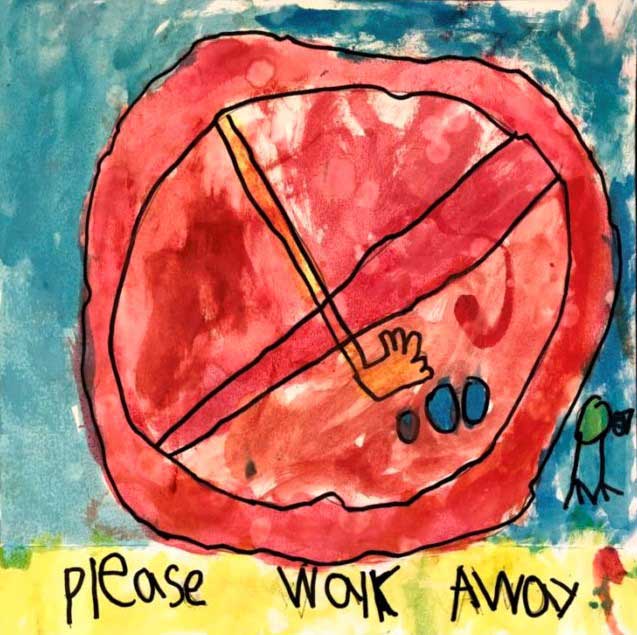
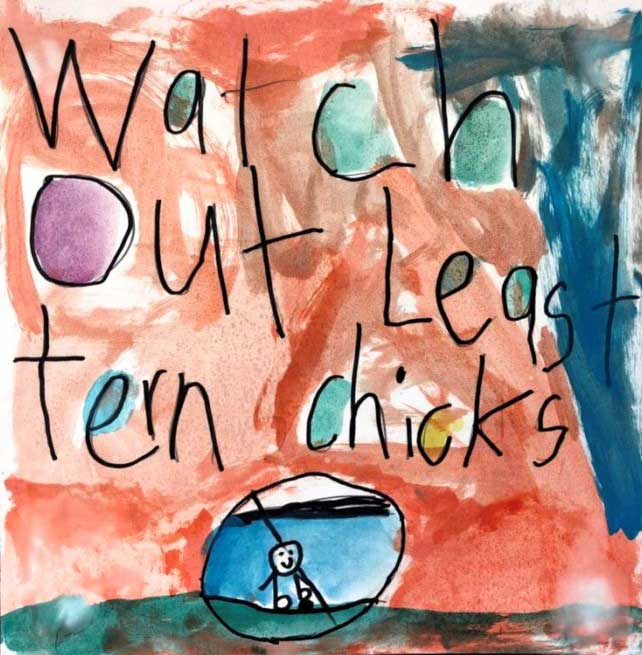
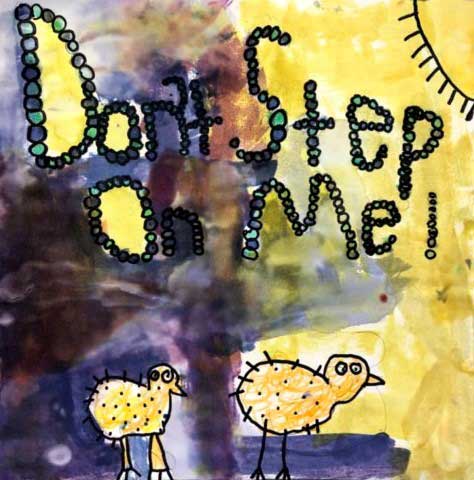
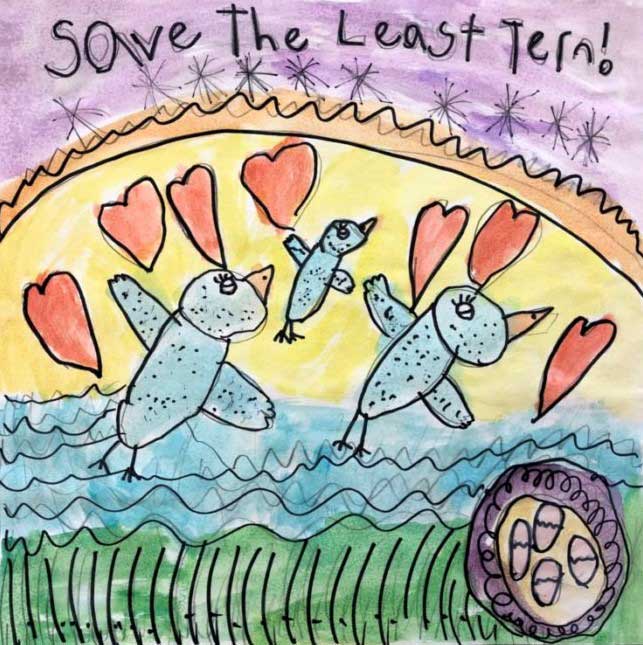
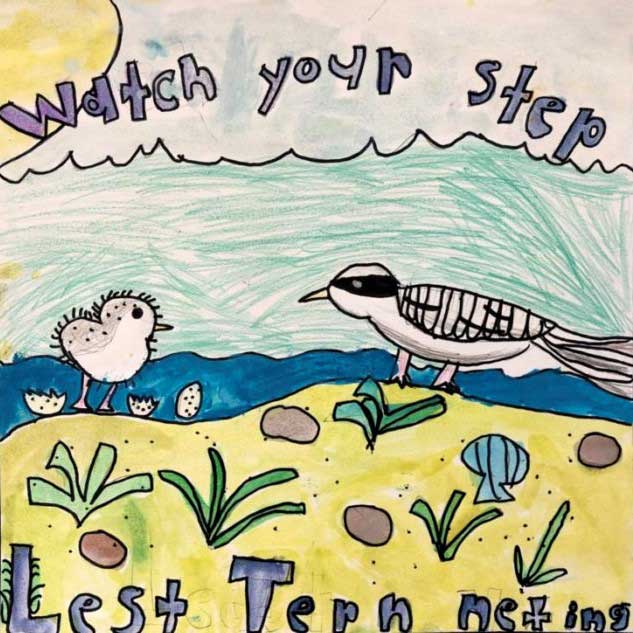
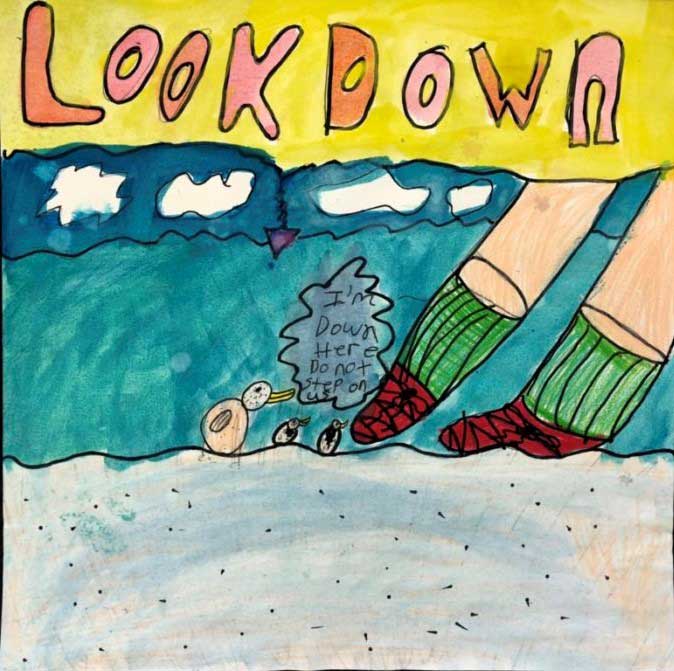
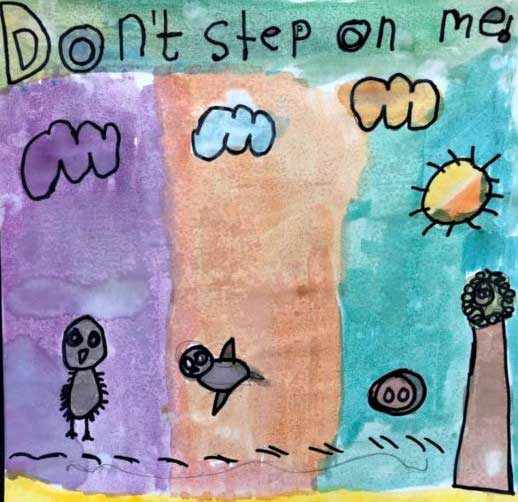
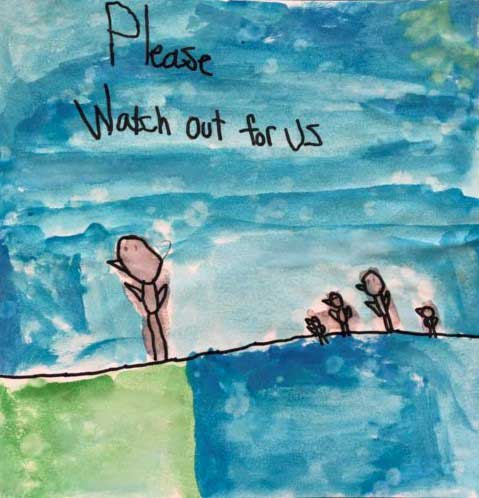
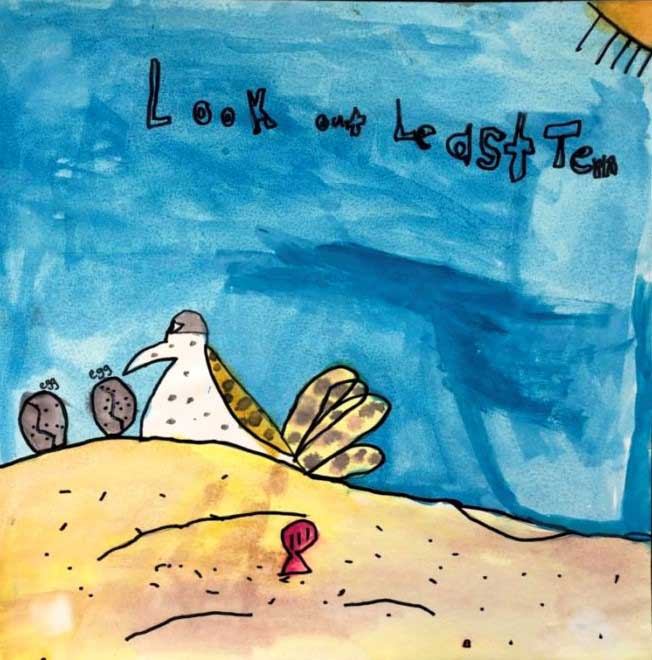
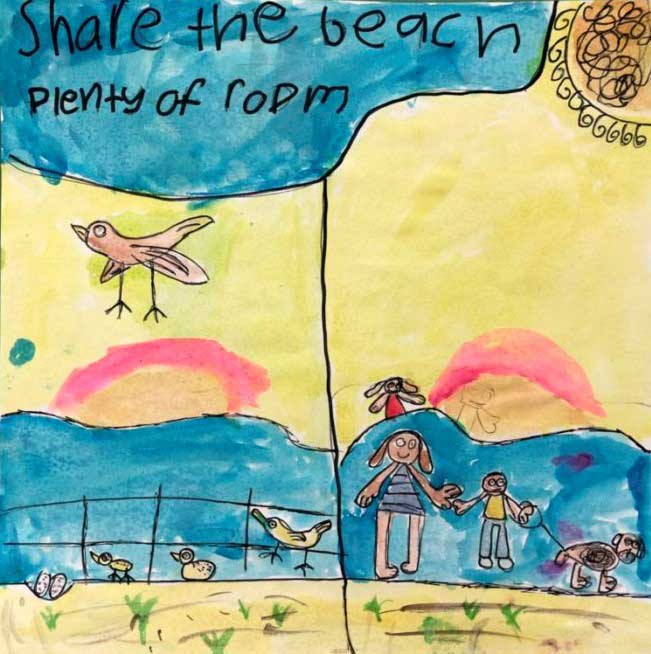
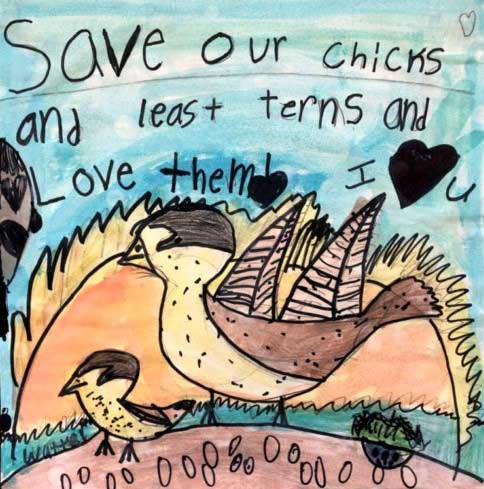

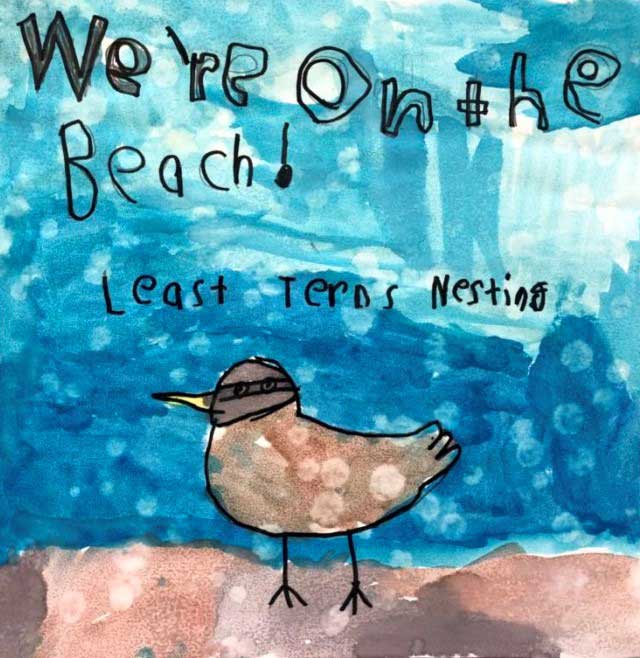
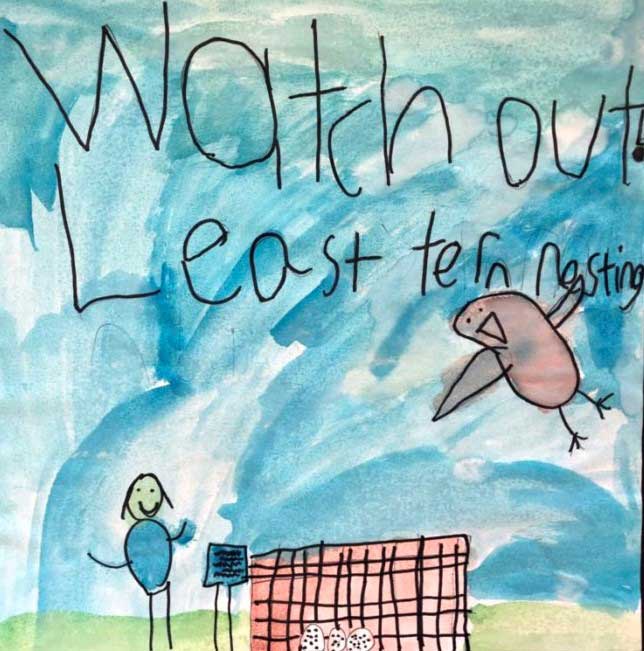
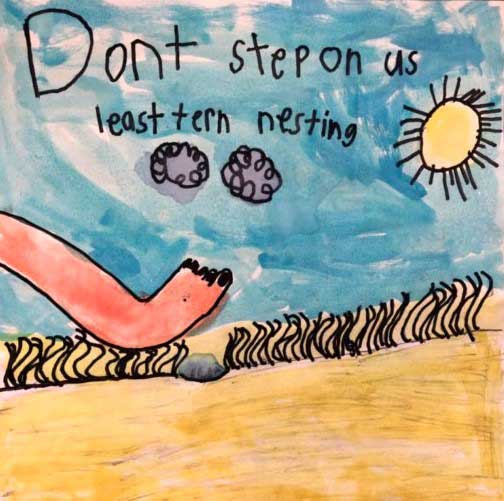
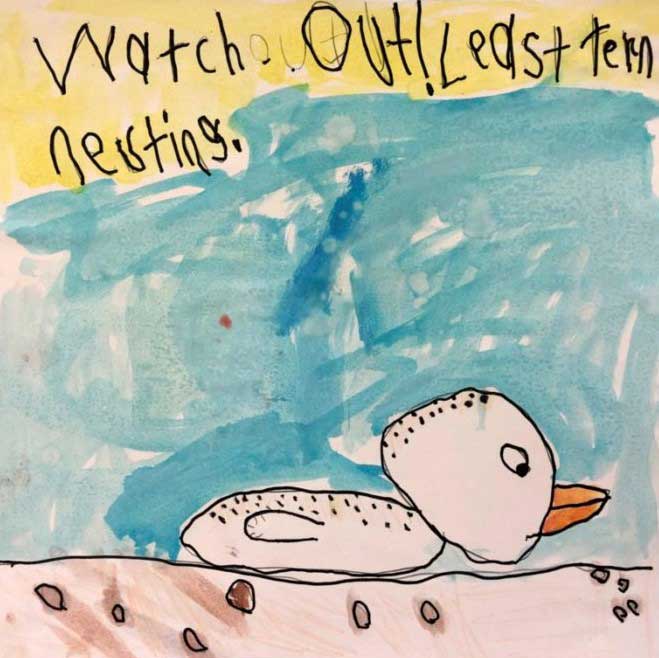
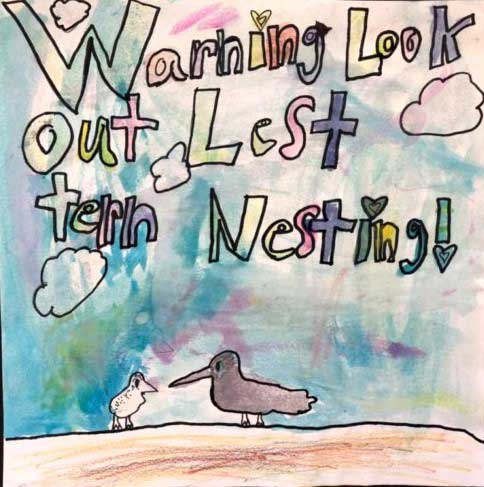
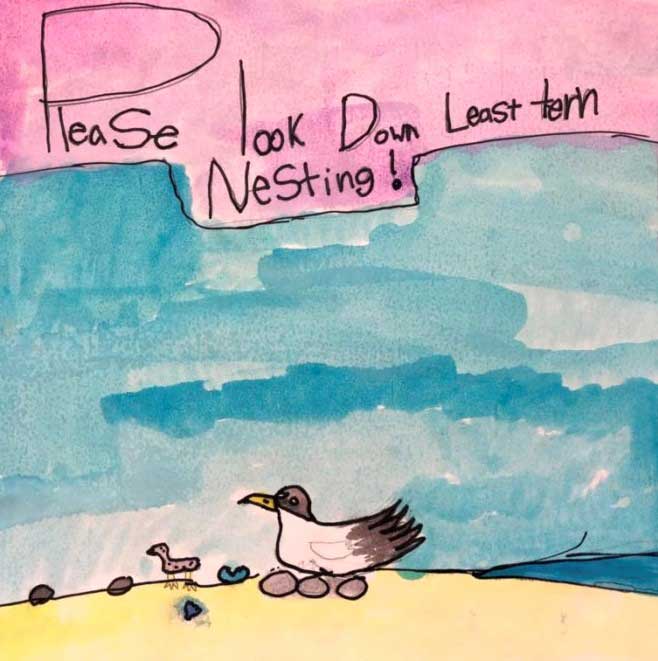
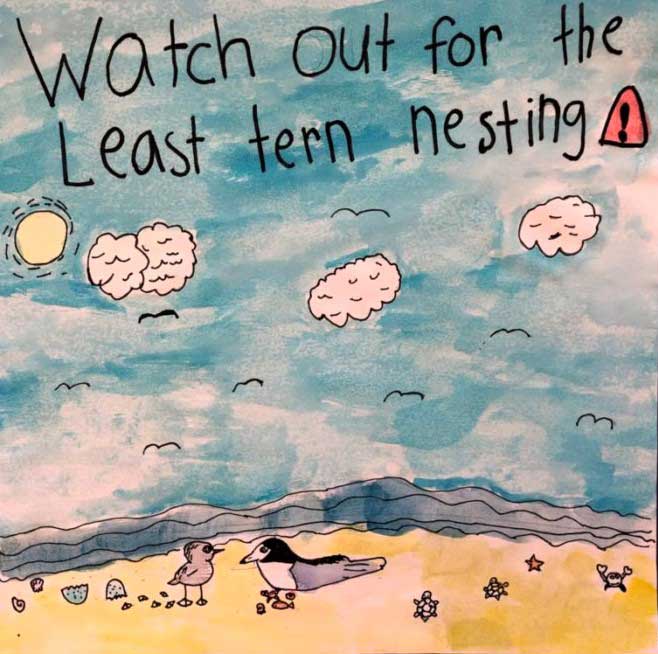
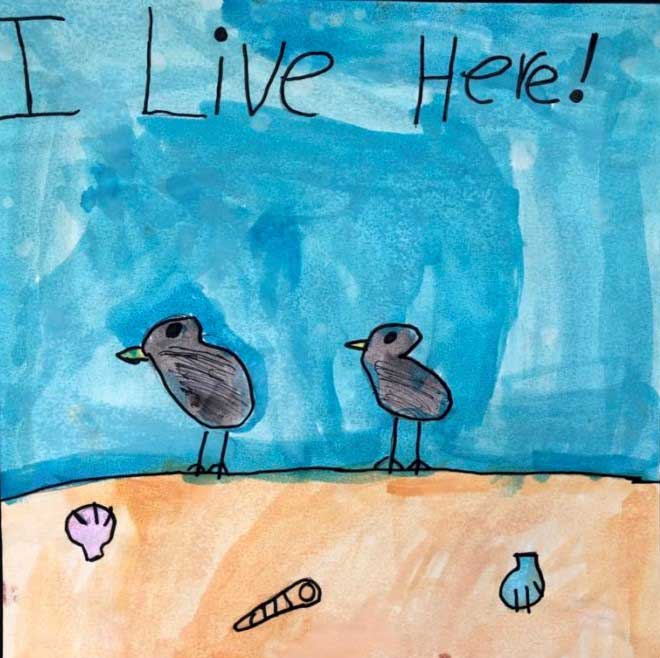
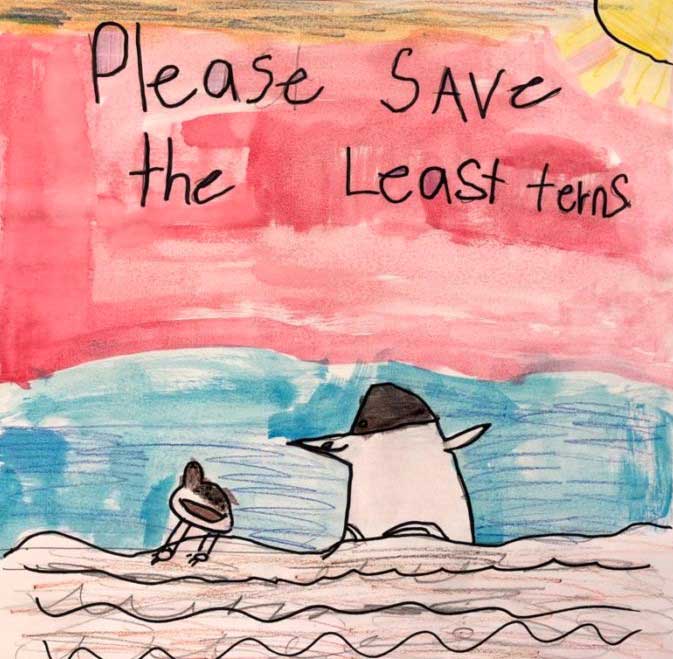
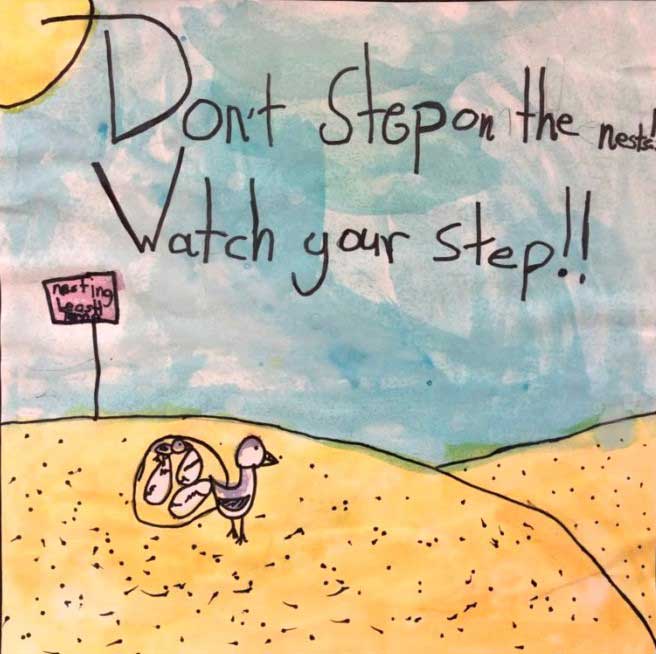
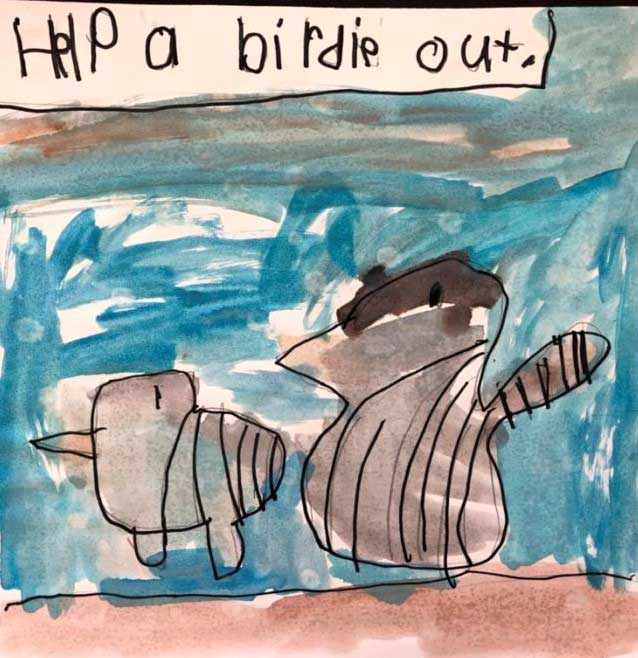

























 RSS Feed
RSS Feed























